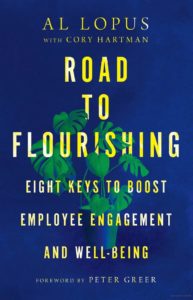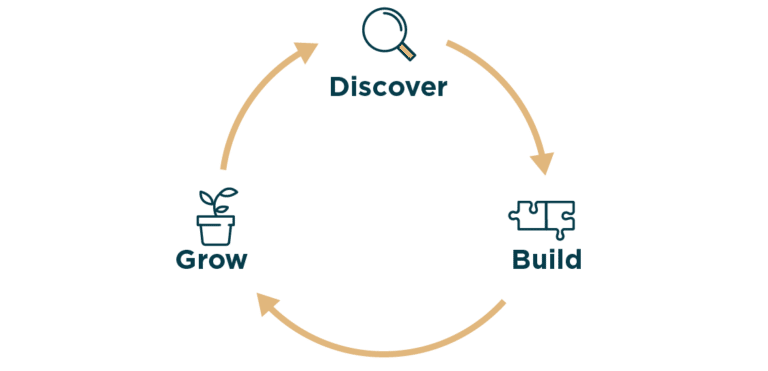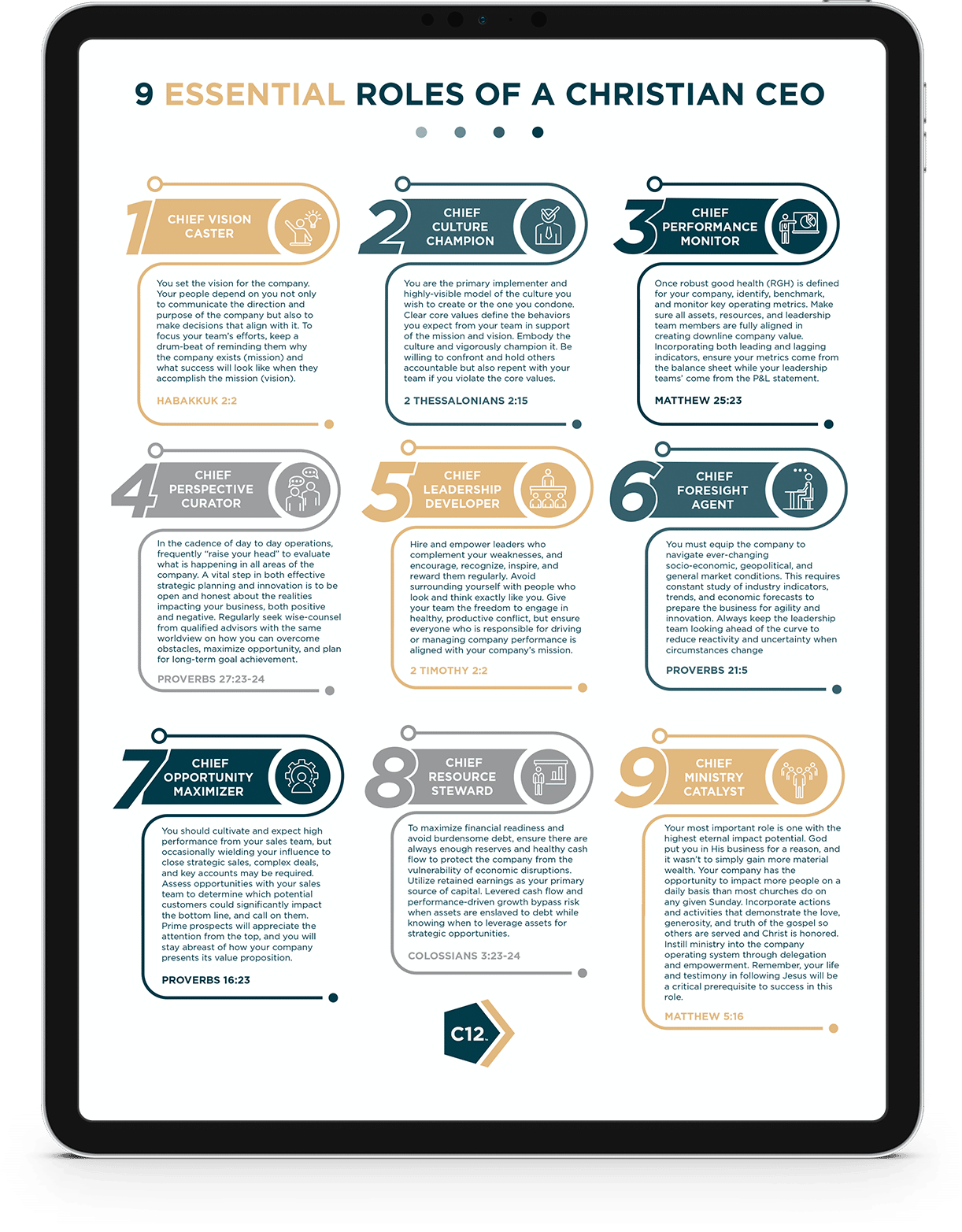Today’s Workplace: A Flourishing Culture Matters Now More Than Ever
Measuring Employee Engagement
Measuring employee engagement is the first step to creating a flourishing workplace culture. While company culture has always been important, in the turbulent business climate of today, employees expect a positive workplace culture from their employers. Employers are competing for talent like never before. An accurate perception of employee satisfaction is essential to building great businesses for a greater purpose.
These are exciting and challenging times for business leaders. In 2022, we emerged from a global pandemic to find ourselves facing new obstacles. On the human resources side, we are experiencing wage growth, a tight labor market, and high turnover. Meanwhile, inflation, supply chain disruptions, political divisions, and global uncertainties continue to put pressure on our businesses
Underlying these current realities is a significant generational transition. Much was made of the entry of the millennial generation into the workplace twenty years ago. Those millennials are today’s frontline and middle managers, while Generation X has moved into senior management positions. Meanwhile, baby boomers are rapidly retiring and Generation Z is emerging into the workforce.
The shift to a workplace where personal fulfillment, access to influence, and a meaningful mission are workers’ baseline expectations is almost complete. For today’s employees, culture isn’t an afterthought—it’s an expectation in the workplace. These employees expect fulfilling careers with high employee engagement. Employees today are not willing to work for a toxic organization merely out of an abstract duty to provide for their families or serve God.
There are certain fundamentals about flourishing workplaces that persist through changing seasons. When leaders grasp the key drivers for a positive workplace, their organization will thrive as conditions evolve. A flourishing workplace isn’t about plugging in the same strategy that always worked before. Instead, we need to be willing to experiment with new strategies for success in emerging circumstances.
What is Workplace Culture and Why Does It Matter?
Culture can be thought of as “how we do things around here.” It is comprised of shared beliefs and values that a group expresses in priorities, decisions, and, above all, behaviors. In formal and informal ways, culture is established by the people in the group with the greatest perceived authority and status, usually identified as leaders. These culture-shapers communicate and reinforce norms that shape the expectations and actions of people in the group.
A group’s culture powerfully affects how much people personally engage with what the group is doing. The more an organizational culture flourishes, the more energy, diligence, and joy employees bring to what they do. They’re more honest, more trusting, and more unified, which sparks extraordinary cooperation and creativity.
The role of Chief Culture Champion is one of the 9 Essential Roles of a Christian CEO. To learn more about this and the eight other essential roles, download C12’s free infographic here.
How Do You Know the Health of Your Culture?
How do you take your organizational “blood pressure” and decide if you are facing risks with your employees? By measuring employee engagement!
Over years of research with Christian-owned businesses and Christian organizations, Best Christian Workplaces (BCW) has found predictable patterns in workplace culture. We can measure these categories to determine the level of employee engagement.
In 2021, BCW surveyed 48,600 employees and found that just over half of the employees felt actively engaged with their work.

The good news is that 54% of those we surveyed were engaged and energized in their work. They work with passion and are connected to the mission of their organization. They bring discretionary effort to their jobs. These people are innovating and driving their organizations forward. That’s the good news.
But here’s the bad news—40% of the workforce is neutral—they are not feeling engaged by their work. These neutral employees are a signal of an unhealthy culture. They are occupying space in your organization but are not working with energy or passion. As they “sleepwalk” through their days, they put their organizations at risk for lackluster results or worse.
And the news gets worse. 6% of employees are actively disengaged. While this seems like a small percentage, it essentially means that 6 out of 100 employees are not just “sleepwalking”, but actively spreading unhappiness and toxic feelings in your workplace. Their unhappiness can easily infect neutral employees, and they are certainly undermining what your engaged co-workers are trying to accomplish.
Imagine that your employees are rowing in a race:
- 5 out of 10 people in a boat are rowing to win.
- 4 out of 10 are not in sync with the rest of the team and may even have their oars on their laps.
- 1 out of 10 is drilling a hole in the boat or rowing backward.
Imagine how different the outcome of your race would be if all 10 of your team members were rowing to win!
When you measure employee engagement and identify specific ways to improve workplace culture, the benefits are felt throughout your organization. Engagement is quantifiable and can have a positive impact on the bottom line.
A Flourishing Culture Has Bottom-line Impact
A recent Gallup study on the State of the Workplace (2022) underscores an enduring truth: cultivating a positive workplace culture leads to greater profitability. This research compared organizations with high employee engagement and those with low employee engagement. The differences were profound—a 23% difference in profitability, 10% difference in customer satisfaction, and 43% difference in employee turnover.

Troy Meachum, C12 member and president of ACR Supply Company in North Carolina, shared about the bottom-line impact of a flourishing employee culture on a recent episode of The Flourishing Culture Leadership podcast:
There’s a direct correlation between creating a healthy culture where your people really enjoy what they do every day and gross revenue and net profit. Honestly, I’ve worked more on the culture side of the company than the profitability side of the company for many years. When you’re working on building that culture where communication is high, conflict resolution is working, and people care about one another, the Lord works through all that and begins to build a successful organization that customers are drawn to.
It’s a light and dark issue. People don’t want to walk into a place of business where there’s a dark cloud, where there’s cynicism and negativity. In the HVAC world, people look at ACR like a lighthouse. They come in and they know they’re going to feel better when they leave. They’re going to get their problem solved, but more importantly, they’re going to be cared for and served.
Watch this video to learn more about how Troy Meachum builds workplace culture.
The First Step Toward a Flourishing Culture: Measuring Employee Engagement
Unfortunately, it’s hard to improve an organizational culture if we don’t know what the culture is. Everyone in an organization feels the culture, but that’s not the same as naming it. Leaders need to be able to identify what drives their organization to flourish. They need to figure out a way to measure employee engagement. If we don’t measure employee engagement, it’s easy to become blind to the reality of what’s driving our cultures.
Best Christian Workplaces (BCW) has spent two decades learning the features that drive flourishing cultures in Christian-led organizations, how to measure employee engagement, and how to guide organizations on their road to flourishing.

My recent book, Road to Flourishing: Eight Keys to Boost Employee Engagement and Well-Being, provides practical insights for leaders who are committed to change and growth. BCW’s Employee Engagement Survey also covers the eight flourish factors and includes diagnostic help for leaders to move forward.
While the full BCW assessment includes questions related to the eight flourish factors, a simplified check-in focuses on four key areas in employee engagement: energy, enthusiasm, passion, and commitment.
Based on BCW’s research, an employee’s response to these four questions can reflect the overall culture and health of an organization:
“I would recommend my organization to others as a good place to work”—that’s the energy question.
“I would rate my organization as an exceptional place to serve”—that’s the enthusiasm question.
“I would prefer to remain with my organization even if a comparable role at a higher pay level were available in another organization”—that’s the commitment question.
“I am motivated to put in extra effort beyond what is expected to help my organization succeed”—that’s the passion question.
The Next Step for Your Business
What is your next step to understand the health of your workplace culture and to move toward workplace flourishing? We propose an ongoing cycle of discover > build > grow.

Becoming a thriving workplace begins when you discover your current level of organizational health. You measure employee engagement and evaluate the root causes of your scores. This step can include reading and discussing Road to Flourishing with your leadership team, and using reliable survey instruments such as the BCW Employee Engagement Survey.
With employee engagement data in hand, the second step is to build a plan by identifying key focus areas for cultural growth. The plan will include specific tools and approaches necessary for success.
The third step is to grow. In this phase, an organization implements its improvement plan and takes concrete steps toward workplace health.
The cycle of discover > build > grow is one of continuous improvement. A flourishing culture will regularly measure employee engagement, identify issues to address, and implement changes in new areas of improvement. Businesses that continually nurture their workplace culture are those that eventually flourish. This takes time, expertise, and intentional follow-through.
When we invest in building healthy workplace cultures, we honor God and contribute to His vision for human flourishing. Our employees become purposeful, engaged, and excited about achieving our business goals. Our workplaces thrive. When we build flourishing workplaces, we build great businesses for a greater purpose.
At C12, we provide Christian business leaders, CEOs, and business owners with the business tools, peer advisory groups, and executive coaching they need to thrive in business and life. To learn more about C12’s approach to Christ-centered business leadership, find a C12 Business Forum near you.
January 16, 2023






